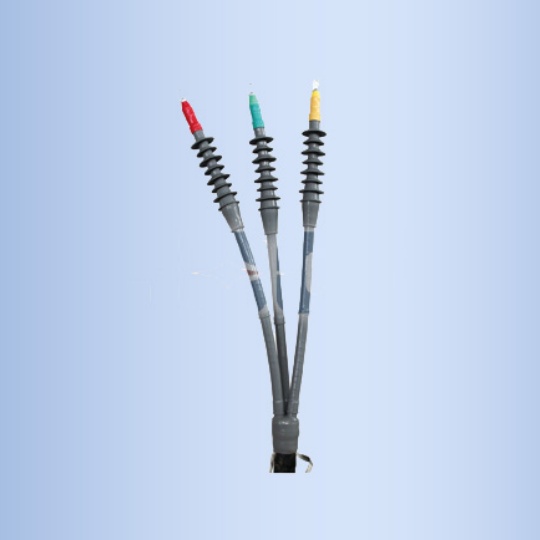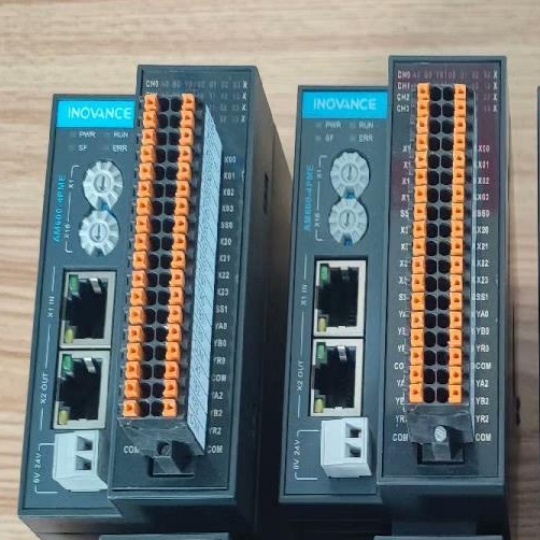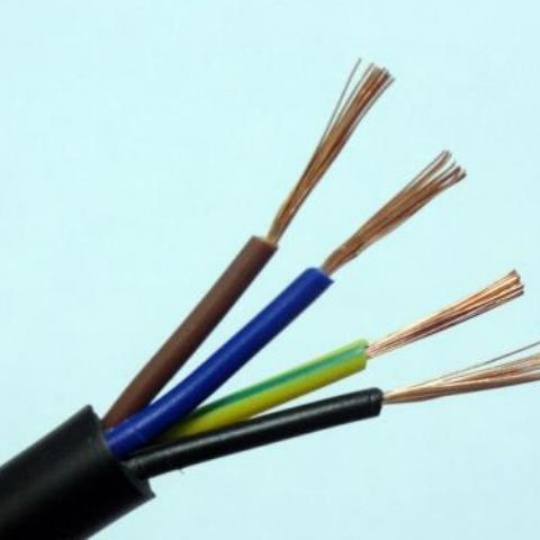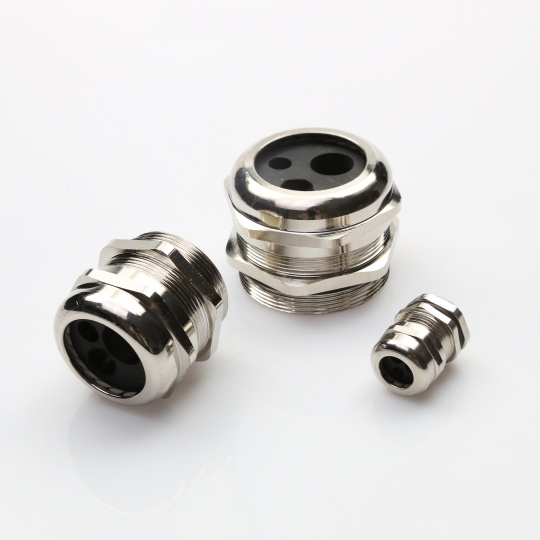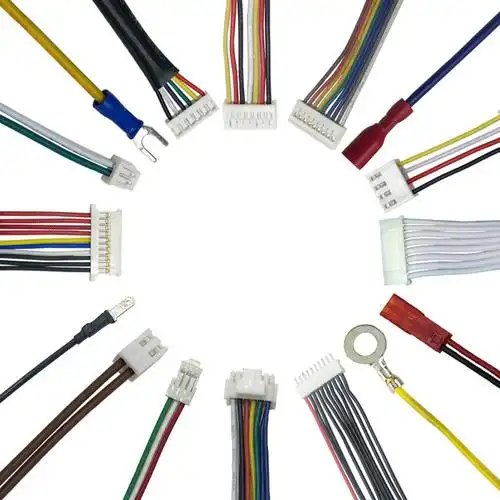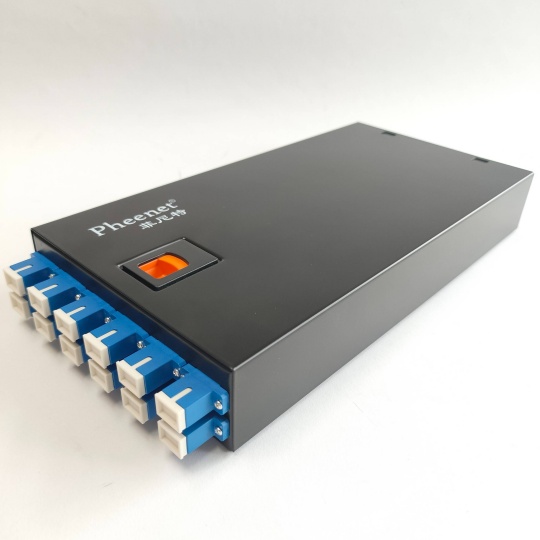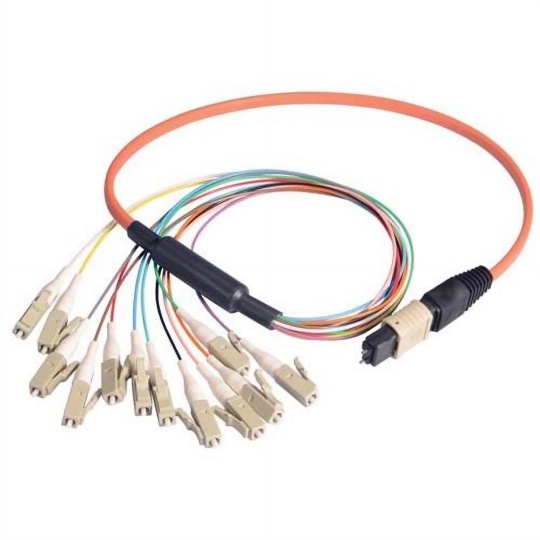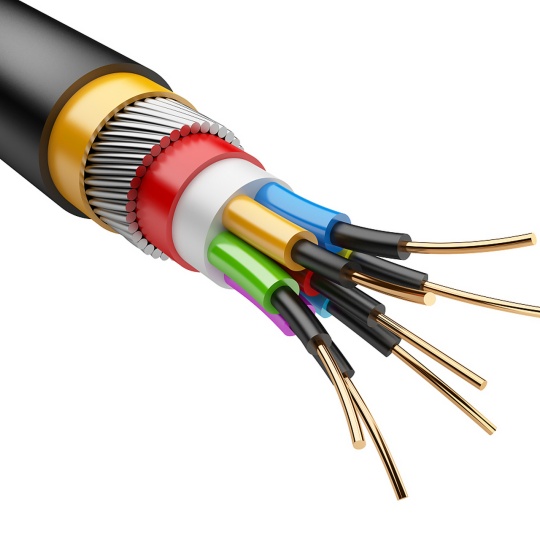Hyperloop Relies on Industrial Cables: The Backbone of Next-Gen Trans...
The Hyperloop, a revolutionary transportation concept, promises to redefine speed and efficiency in mass transit. At its core, this technology relies on a complex network of industrial cables to ensure safety, performance, and reliability. Here’s how these critical components enable the Hyperloop to function as a futuristic mode of travel.
Powering the Hyperloop: High-Voltage Cables
Industrial cables are essential for delivering the massive electrical power required to operate Hyperloop systems. Magnetic levitation (maglev) technology, which suspends pods in a near-vacuum tube, demands high-voltage electricity to generate magnetic fields. Specially designed cables transmit this power with minimal energy loss, ensuring pods accelerate to speeds exceeding 700 mph (1,100 km/h). These cables are engineered to withstand extreme temperatures and electromagnetic interference, maintaining stability even under intense operational stress.
Data Transmission: Real-Time Communication Networks
Beyond power delivery, industrial cables serve as the nervous system of Hyperloop infrastructure. Fiber-optic and shielded Ethernet cables enable real-time communication between pods, control centers, and track sensors. This instantaneous data exchange is critical for:
- Monitoring pod speed, position, and system health
- Adjusting magnetic fields to maintain safe distances between pods
- Triggering emergency protocols in case of anomalies
Without robust data cables, the Hyperloop’s automated safety systems could not function.
Structural Integrity: Cables in Hyperloop Tubes
The Hyperloop’s vacuum-sealed tubes rely on industrial-grade cables for structural reinforcement. Steel-reinforced suspension cables anchor the tubes to withstand environmental factors like seismic activity or temperature fluctuations. Additionally, tension cables embedded in the tube walls prevent deformation caused by atmospheric pressure differences, ensuring the pod’s near-frictionless path remains intact.
Safety and Redundancy: Dual-Cable Systems
Hyperloop designs prioritize redundancy to mitigate risks. Critical systems, such as power and data networks, use dual-cable configurations. If one cable fails, backups immediately take over to prevent disruptions. This redundancy is vital for maintaining passenger safety and operational continuity, especially in high-speed environments where milliseconds matter.
Material Innovation: Cables Built for the Future
To meet Hyperloop’s demands, cable manufacturers are pioneering advanced materials:
- High-temperature superconductors reduce energy loss in maglev systems.
- Carbon-fiber composites offer lightweight durability for tube suspension.
- Corrosion-resistant alloys ensure longevity in diverse climates.
Companies like Tesla and Virgin Hyperloop collaborate with industrial cable suppliers to refine these materials for scalability.


